Sign up for workout ideas, training advice, reviews of the latest gear and more.

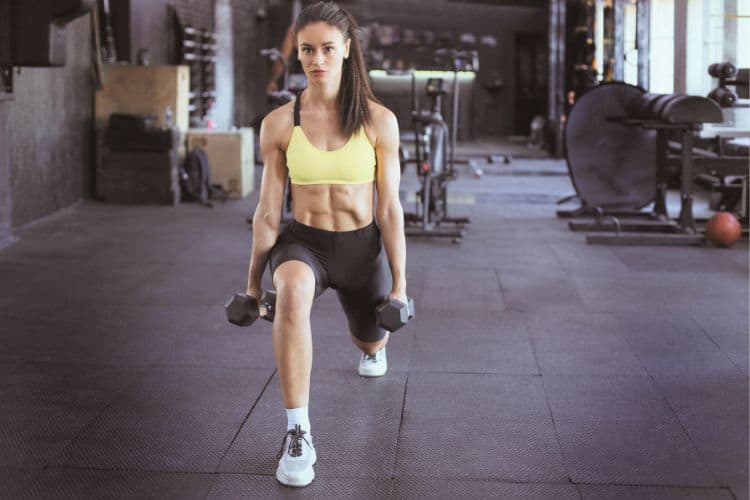
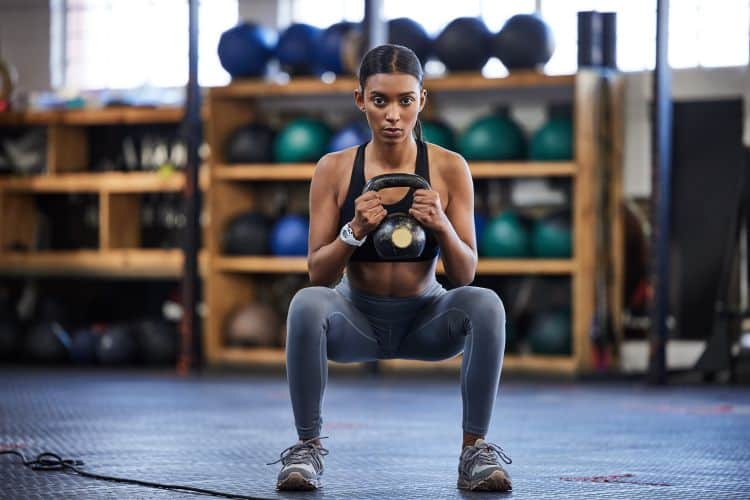
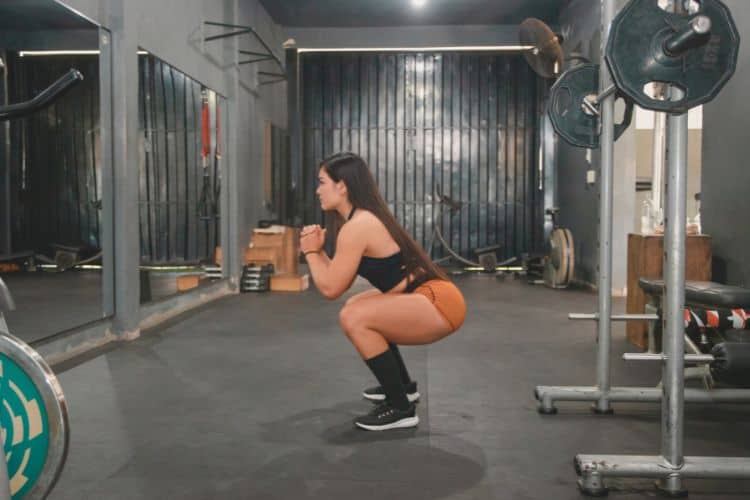
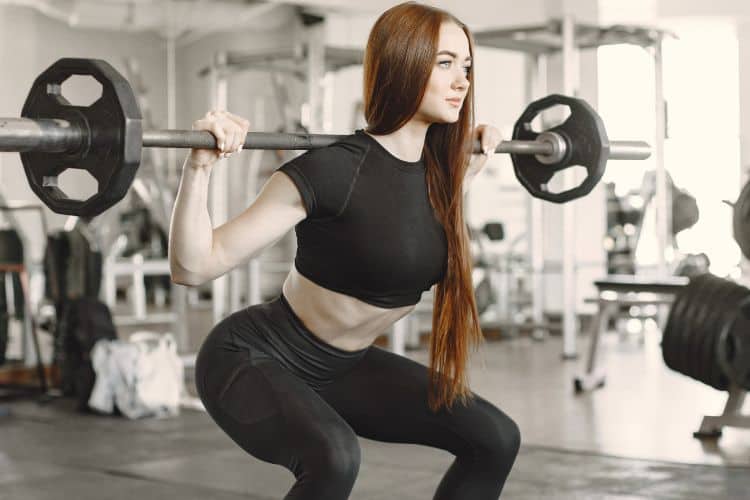
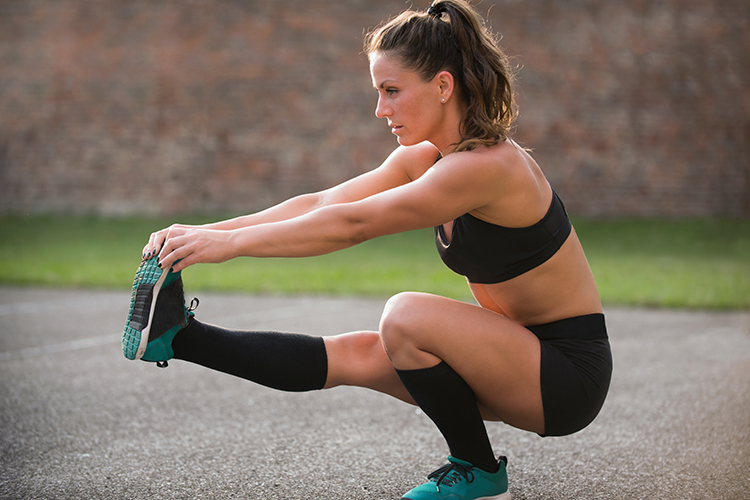
Pistol squats are a type of single-leg squat that require significant strength, balance, and flexibility. They are named for their resemblance to the shape of a pistol when performed correctly, with one leg extended forward while the other supports the body weight in a deep squat. This challenging movement is a staple in advanced bodyweight training routines and is revered for its effectiveness in building lower body strength, enhancing balance, and improving overall athleticism.
Pistol squats focus on one leg at a time, allowing for the development of unilateral strength. This helps to identify and correct muscle imbalances between the legs, which is crucial for overall functional strength and injury prevention. By working each leg independently, you ensure that both sides of your body develop equally.
Balancing on one leg while performing a deep squat requires a high degree of stability. Pistol squats engage the core muscles intensely to maintain balance, thereby strengthening the stabilizing muscles around the hips, knees, and ankles. This improved stability can enhance performance in various sports and daily activities.
The full range of motion required for a pistol squat promotes flexibility and mobility in the hips, knees, and ankles. The deep squat position stretches and strengthens these joints, which can contribute to better overall mobility and reduced risk of injuries. Improved flexibility also aids in executing other exercises with better form and efficiency.
Pistol squats mimic movements often performed in daily life and sports, such as picking something up from the ground or maintaining balance on uneven surfaces. This makes them an excellent functional exercise that translates well to real-world strength and agility.
One of the biggest advantages of pistol squats is that they require no equipment. They can be performed anywhere, making them a convenient and effective exercise for those who prefer to train without a gym membership or while traveling.
Pistol squats are a compound movement that engages multiple muscle groups. Here’s a breakdown of the primary muscles worked:
The quadriceps, located at the front of the thigh, are heavily engaged during the ascent and descent of the pistol squat. They are responsible for extending the knee and are crucial for the overall power of the movement.
The gluteus maximus, medius, and minimus muscles are activated to a significant degree during pistol squats. They play a key role in hip extension and stabilization, contributing to the strength and power needed to perform the exercise.
The hamstrings, located at the back of the thigh, assist in the bending of the knee and hip extension. While not the primary movers, they are still engaged during the exercise, especially in maintaining stability and control.
The core muscles, including the rectus abdominis, obliques, and transverse abdominis, are essential for maintaining balance and stability during a pistol squat. A strong core helps to keep the torso upright and stable, preventing any excessive leaning or wobbling.
The calf muscles, particularly the gastrocnemius and soleus, are engaged to stabilize the ankle and foot throughout the movement. They play a vital role in maintaining balance, especially in the bottom position of the squat.
One of the most common issues with pistol squats is losing balance. To avoid this, focus on a fixed point in front of you and engage your core muscles throughout the movement. Practicing balance exercises, such as standing on one leg, can also help improve stability.
Rounding the back during a pistol squat can lead to poor form and potential injury. Keep your chest up and shoulders back, maintaining a straight spine. Engaging the core muscles will help support the upper body and prevent rounding.
Allowing the knee of the supporting leg to cave inward is a common mistake that can place undue stress on the knee joint. Focus on keeping the knee in line with the toes and engage the glutes to help stabilize the knee.
For a pistol squat to be effective, it’s important to achieve a full range of motion. Aim to lower your hips as close to your heel as possible while maintaining good form. If you’re unable to go deep initially, work on improving your flexibility and strength gradually.
Relying on momentum to complete the movement can compromise form and reduce the effectiveness of the exercise. Perform the movement slowly and with control, focusing on engaging the muscles throughout the entire range of motion.
Pistol squats are a challenging exercise that may require progressions and modifications for beginners. Here are some ways to build up to a full pistol squat:
Use a sturdy object, such as a chair or a TRX strap, to assist with balance and support as you perform the squat. This can help you build strength and confidence in the movement.
Perform the pistol squat with your non-working leg elevated on a box or bench. This reduces the range of motion and makes the exercise more manageable while you build strength.
Start by performing pistol squats onto a box or bench, gradually lowering the height of the box as you become stronger. This helps you practice the movement pattern while building strength and flexibility.
Focus on the lowering (eccentric) portion of the pistol squat. Lower yourself as slowly and controlled as possible, then use both legs to stand back up. This helps build strength and control in the supporting leg.
Perform the squat to a partial range of motion, gradually increasing the depth as you become more comfortable and stronger in the movement.
Pistol squats can be incorporated into your workout routine in various ways, depending on your fitness level and goals. Here are some ideas:
Include pistol squats in your lower body strength training routine to build unilateral strength and balance. Aim for 3-4 sets of 6-8 repetitions per leg, focusing on form and control.
Perform pistol squats as part of a high-intensity interval training (HIIT) workout. Combine them with other bodyweight exercises, such as push-ups and burpees, for a full-body conditioning session.
Use modified pistol squats as part of your warm-up routine to activate the lower body muscles and improve flexibility. Perform 2-3 sets of 5-6 repetitions per leg, using a chair or TRX strap for assistance if needed.
Incorporate pistol squats into your skill development sessions, focusing on improving balance, flexibility, and strength. Practice progressions and modifications to gradually build up to a full pistol squat.
Pistol squats are a highly effective and challenging exercise that offers numerous benefits for strength, balance, and flexibility. By incorporating them into your workout routine and practicing proper form, you can develop powerful, stable legs and improve your overall athletic performance. Whether you’re an advanced athlete or a fitness enthusiast looking to challenge yourself, pistol squats are a valuable addition to any training program. Remember to start with progressions and modifications if needed, and always prioritize form and control to maximize the benefits and minimize the risk of injury.
Stay up to date on the latest women’s health, fitness and lifestyle trends and tips.